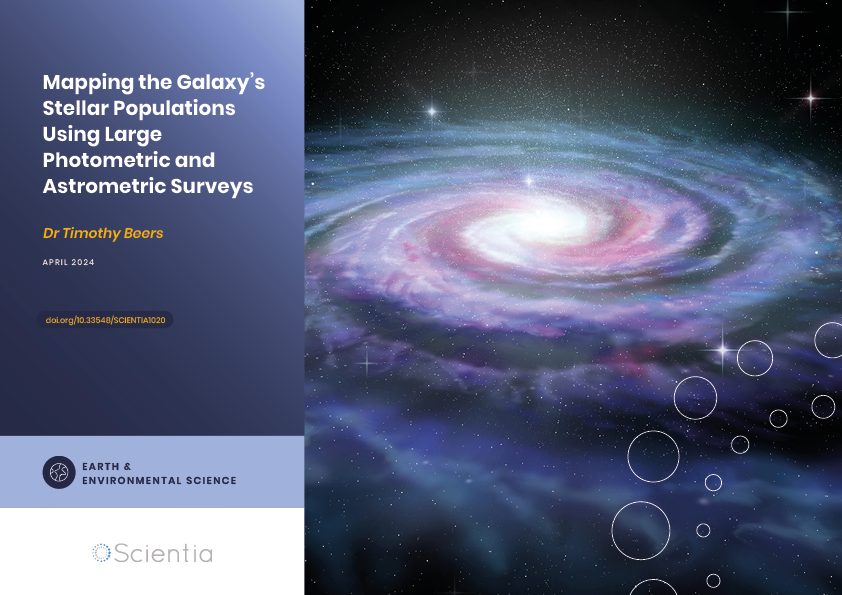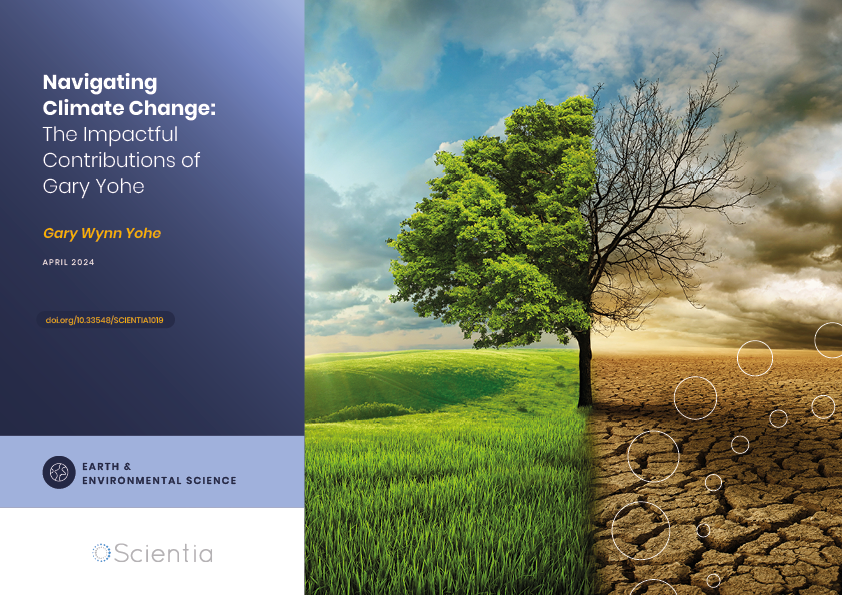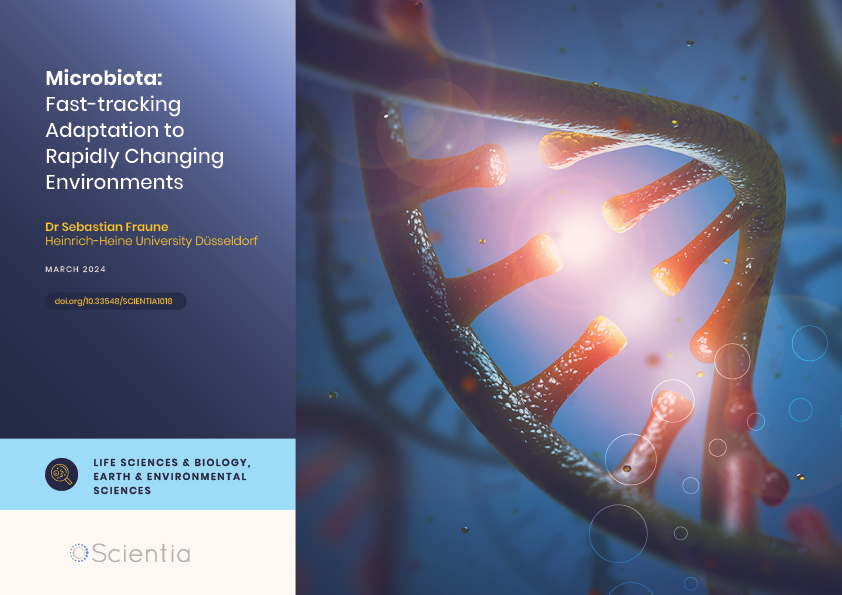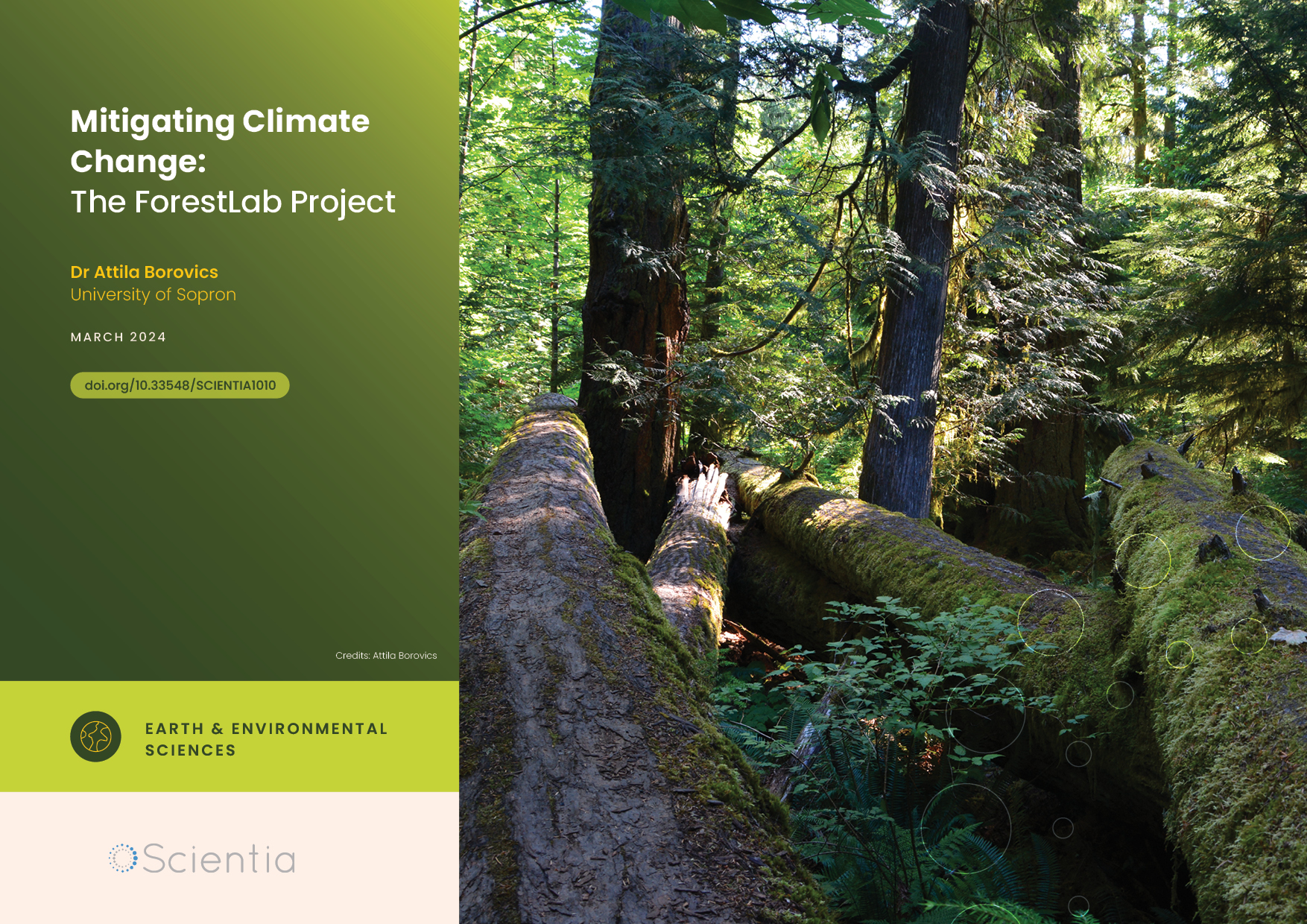Dr Valentina Pivotti | Studying the El Niño Southern Oscillation Across Decades
The El Niño Southern Oscillation (ENSO) is a naturally occurring climate phenomenon that has significant consequences for global weather patterns. Therefore, understanding the mechanisms that drive ENSO is extremely important to improve the resilience of the people and ecosystems impacted by these events. Using climate data spanning 140 years, Dr Valentina Pivotti of Malmö University is investigating the precursors to ENSO events. Understanding the underlying mechanisms is critical for improving climate models and predicting future ENSO events, especially in combination with climate change.
A Naturally Occurring Oscillation with Critical Impacts
The El Niño Southern Oscillation (ENSO) is one of the most important climate phenomena on the planet, because it has a widespread and significant influence on weather patterns far beyond the tropical Pacific where it occurs. The most direct effects of ENSO events are changes in rainfall and atmospheric pressure patterns over Northwestern South America, Australia, and the Indo-Pacific region because of a shift in the atmospheric circulation over the Tropical Pacific Ocean. However, in years where ENSO climate anomalies occur, disruptions in temperature, rainfall, and wind currents occur all over the world, with dramatic consequences for communities and ecosystems.
ENSO is a climate phenomenon that exists in three different states. The first, neutral state is characterised by what are referred to as normal ocean and atmospheric conditions. In this neutral state, sea surface temperatures are colder off the Peruvian coast and warmer near Australia and South-East Asia.
The second state, El Niño (‘little boy’ in Spanish), was historically named by South American fishermen who noticed a warming of coastal waters occasionally around Christmas. During El Niño events, sea surface temperatures in the east become warmer, and those in the west become colder, changing the direction and intensity of important sea and wind currents.
It wasn’t until much later that La Niña, meaning ‘little girl’ in Spanish, was identified as the opposite, third state of ENSO, whereby the atmospheric and ocean conditions that characterise the neutral state are intensified.
ENSO is a naturally occurring oscillation between these three states. Complex mechanisms trigger, enhance, and maintain the linked ocean and atmospheric dynamics of ENSO. Understanding the drivers that modulate the ENSO oscillation could help climate scientists develop better tools to predict ENSO events. Importantly, these tools could help to ensure the preparedness of vulnerable communities and ecosystems across the world.
Dr Valentina Pivotti (now at Malmö University and previously at Boston University) is working towards this objective with her colleagues. They have recently investigated ENSO patterns over the last century and a half, examining key known precursors to ENSO anomaly events and how these modulated the ENSO oscillations. In particular, they identified a shift in ENSO behaviour that occurred during the mid-20th century.

A Forced or Self-Sustained System?
Small anomalies in the neutral state can lead to mature ENSO events due to the positive Bjerknes feedback mechanisms in the Tropical Pacific. However, this does not explain the oscillatory behaviour of the ENSO system, which has been theorised to behave like a self-sustained oscillator. Such theories do not provide a sufficient explanation for ENSO’s stochastic behaviours, which have been ascribed to tropical noise.
The triggering mechanisms that alter the regularity of ENSO oscillatory behaviour mostly occur within the Tropical Pacific. Some triggers, however, come from climate events far from the tropical Pacific region. For instance, the spring Arctic Oscillation has been shown to have a significant impact on the onset of El Niño events.
Dr Pivotti is particularly interested in the unusual atmospheric and temperature conditions over the central North Pacific Ocean, which consistently precede ENSO events by around 9 to 10 months. During this time, changes in sea pressure over the North Pacific cause unusual wind patterns that weaken the Trade Winds – the predominant wind currents in the region. The weakened Trade Winds set off a sequence of events – in the dynamic and thermodynamic combination of Trade Wind Charging and North Pacific Meridional Mode – that have consequences for both the temperature dynamics and wind currents in the tropical Pacific region, ultimately leading to the development of mature ENSO events.
This North Pacific ENSO precursor is, therefore, critically important for understanding the behaviour of the ENSO system. With further changes to global climate systems expected because of increasing greenhouse gases, investigating the relationship between North Pacific ENSO precursors and ENSO events is vitally important.
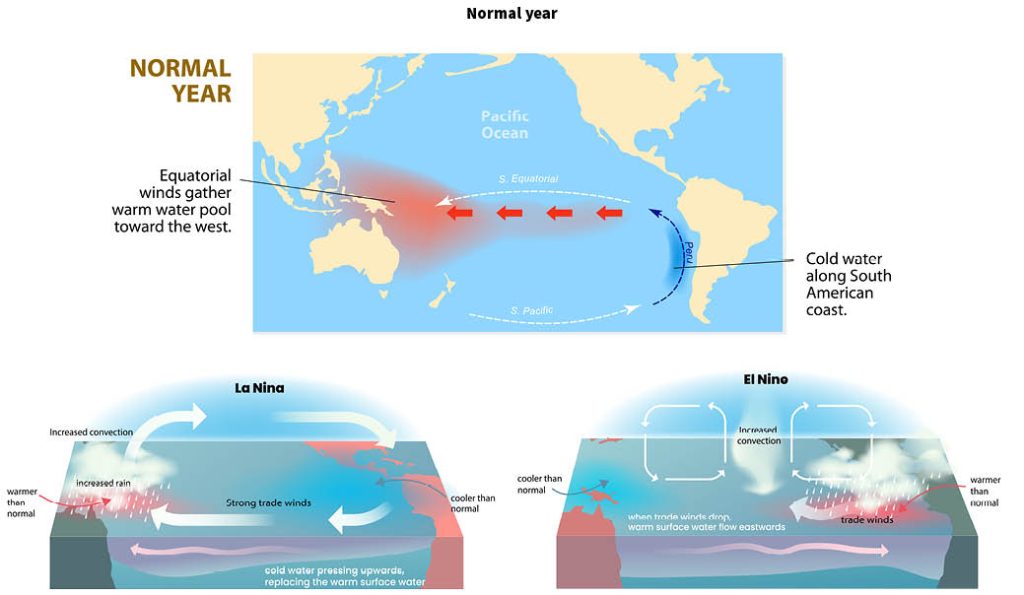
A Surprising Switch
Several ENSO event precursors and the ENSO system itself exhibit variability that spans decades. As such, understanding the mechanisms influencing ENSO requires the examination of long-term datasets. For their recent investigation, Dr Pivotti and Dr Bruce Anderson (also of Boston University) applied new analytical methods to a dataset spanning 140 years, from 1871 to 2011. This dataset uses advanced data processing and analysis tools to overcome limitations with older ocean and atmospheric data. Often, data collected during the 1800s through to the mid-1900s are incomplete or have inaccuracies owing to the limitations of measurement tools and techniques available at the time.
By initially testing their methodologies on data from the last 50 years, the researchers confirmed that ENSO events are modulated by the strength of the trade winds – and associated variations in sea surface temperatures – in the tropical North Pacific. When they extended the analysis to include the entire interval from 1871 to 2011, Dr Pivotti and Dr Anderson found a surprising difference in the modulating effect of these North Pacific precursors.
From 1871–1920 and 1960–2011, the North Pacific precursors consistently preceded ENSO events by a full year. In the 40-year interval between 1920 and 1960, however, the North Pacific precursors, albeit being present in the system, did not precede the occurring ENSO events. Additionally, during this period, no other wind-related drivers were found to precede ENSO events.
Furthermore, the oscillation of ENSO changes during these phases. ‘We find that in the absence of wind-driven precursors during this intervening period, the temporal characteristics of ENSO variability itself change, as the signal oscillates within a relatively narrow 6–7 year periodicity band,’ says Dr Pivotti. While in the earlier and later periods, when North Pacific precursors modulate the ENSO, the system oscillates with less regularity across periods of 2 to 6 years.
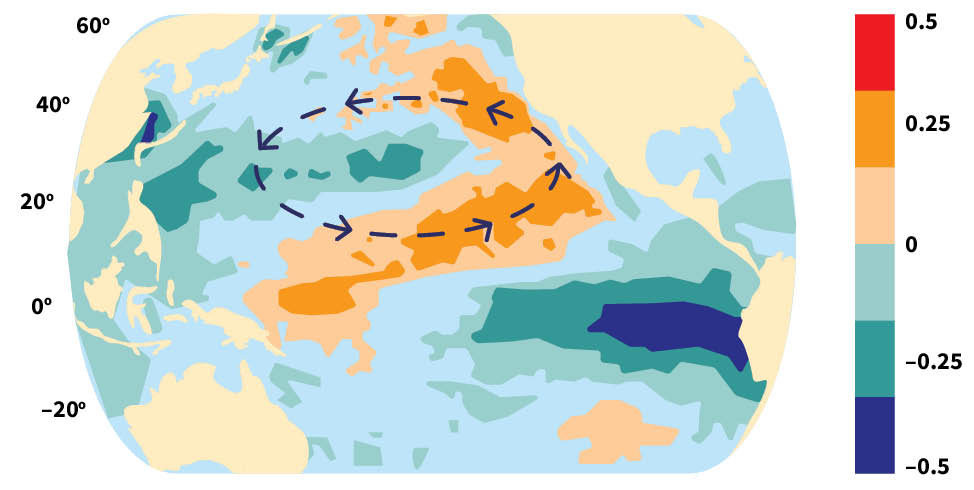
Putting the Switch into Context
Previously, two theoretical frameworks have been proposed for interpreting the ENSO dynamics recorded. Either, ENSO is a self-sustained oscillation, or the oscillations between ENSO states are forced by external – somewhat irregular – mechanisms.
Dr Pivotti’s results suggest that, instead, the ENSO system has switched between these two underlying dynamics in the last two centuries. During 1871–1920 and 1960–2011, the system was responding to forces by external mechanisms. In the interval from 1920–1960, the ENSO system was internally governed. During this period, ENSO was an untriggered, self-sustained oscillation. Putting the results into a larger historical context suggests that switches between these two modes every few decades may be occurring over much longer – in fact, centuries-long – timescales.
Furthermore, four conceptual oscillating climate mechanisms have previously been proposed to explain the ENSO internal governance: the delayed oscillator, the western Pacific oscillator, the recharge-discharge oscillator, and the advective-reflective oscillator. Three of the proposed oscillating mechanisms operate over periods of between two to five years. Dr Pivotti’s research suggests that only the advective-reflective oscillator generates ENSO cycles with periods as long as six years.
The next step is examining the mechanisms underlying the internal modulation of ENSO behaviour. Future work could apply the advective-reflective oscillator model to examine the ENSO signals recorded during the 40-year interval of robust self-oscillating behaviour. ‘Both the possible causes and the implications of this shift in underlying dynamics need to be further investigated,’ says Dr Pivotti.
‘Understanding how the dynamical changes came about around 1920 and 1960 could help us predict if similar shifts could occur again in the future,’ she says. By isolating the self-sustaining oscillation period and investigating the underlying mechanisms, scientists may be able to determine whether and how much mechanisms influencing ENSO dynamics might be affected by other factors, such as climate change.
Climate change is likely to have significant consequences for people and ecosystems across the globe. Therefore, a deeper understanding of how ENSO may vary in the future is integral for informing actions to build climate resilience. With these objectives in mind, Dr Pivotti and her team are developing new ways to explore ENSO dynamics based on their research findings, and are analysing model simulations based on various future climate scenarios.
SHARE
DOWNLOAD E-BOOK
REFERENCE
https://doi.org/10.33548/SCIENTIA986
MEET THE RESEARCHER

Dr Valentina Pivotti
Department of Natural Science, Mathematics and Society
Malmö University
Sweden
CONTACT
E: valentina.pivotti@mau.se
W: https://mau.se/en/persons/valentina.pivotti/
KEY COLLABORATOR
Dr Bruce T. Anderson, Department of Earth and Environment, Boston University
FUNDING
National Science Foundation
FURTHER READING
V Pivotti, BT Anderson, A Cherchi, et al., North Pacific trade wind precursors to ENSO in the CMIP6 HighResMIP multimodel ensemble, Climate Dynamics, 2023, 60, 2501–2516. DOI: https://doi.org/10.1007/s00382-022-06449-0
V Pivotti, BT Anderson, Transition between forced and oscillatory ENSO behavior over the last century, Journal of Geophysical Research: Atmospheres, 2021, 126(9), e2020JD034116. DOI: https://doi.org/10.1029/2020JD034116

REPUBLISH OUR ARTICLES
We encourage all formats of sharing and republishing of our articles. Whether you want to host on your website, publication or blog, we welcome this. Find out more
Creative Commons Licence (CC BY 4.0)
This work is licensed under a Creative Commons Attribution 4.0 International License. 
What does this mean?
Share: You can copy and redistribute the material in any medium or format
Adapt: You can change, and build upon the material for any purpose, even commercially.
Credit: You must give appropriate credit, provide a link to the license, and indicate if changes were made.
SUBSCRIBE NOW
Follow Us
MORE ARTICLES YOU MAY LIKE
Dr Timothy Beers | Mapping the Galaxy’s Stellar Populations Using Large Photometric and Astrometric Surveys
Astronomers often use spectroscopic (electromagnetic radiation) data and astrometric (motion and positional) data to develop working models describing our Galaxy. Dr Timothy Beers from the University of Notre Dame and his collaborators in Korea and China combined large photometric (visible light) surveys and astrometric data to create multidimensional maps of a large part of the Galaxy. By highlighting significant inhomogeneities in stellar-chemical compositions, motions, and spatial distributions, Dr Beers and his colleagues provide valuable insights into how we can advance our understanding of the formation and evolution of our Galaxy.
Professor Gary Yohe | Navigating Climate Change: The Impactful Contributions of Gary Yohe
Professor Gary Yohe is a distinguished environmental economist whose work has been pivotal in shaping our understanding of climate change impacts, adaptation strategies, and policy frameworks. His interdisciplinary approach combines economics with environmental science, offering nuanced insights into global warming and its multifaceted impacts on natural and human systems. Professor Yohe equips us with the knowledge and strategies needed to navigate the complex and pressing challenges posed by climate change.
Dr Sebastian Fraune | Microbiota: Fast-tracking Adaptation to Rapidly Changing Environments
As climate change continues at an unprecedented pace, the processes of natural selection and genetic mutation can no longer fully explain how some organisms adapt to their rapidly changing environments. Dr Sebastian Fraune from Heinrich-Heine University and an international team of researchers are the first to demonstrate a causal relationship between changes in the microbiome and changes in thermal tolerance. They propose that microbiota-mediated transgenerational acclimatisation can account for how animals adapt to their environments in much shorter periods of time than classical theory would predict.
Dr Attila Borovics | Mitigating Climate Change: The ForestLab Project
Our forests provide important recreational, social, ecological and economic functions. The ForestLab project, led by Dr Attila Borovics at the University of Sopron in Hungary, has been set up to simultaneously protect and utilise this pre-cious resource. Their recent findings point to the importance of addressing ‘old wood’, that is, unused wood stock that currently exists in Hungarian forests and adopting technologies for forest management in the near future.


